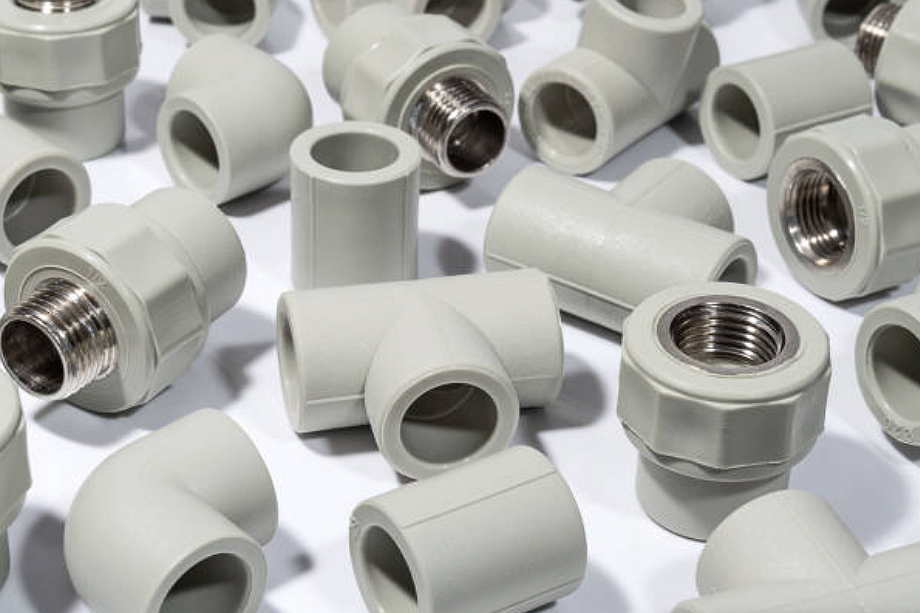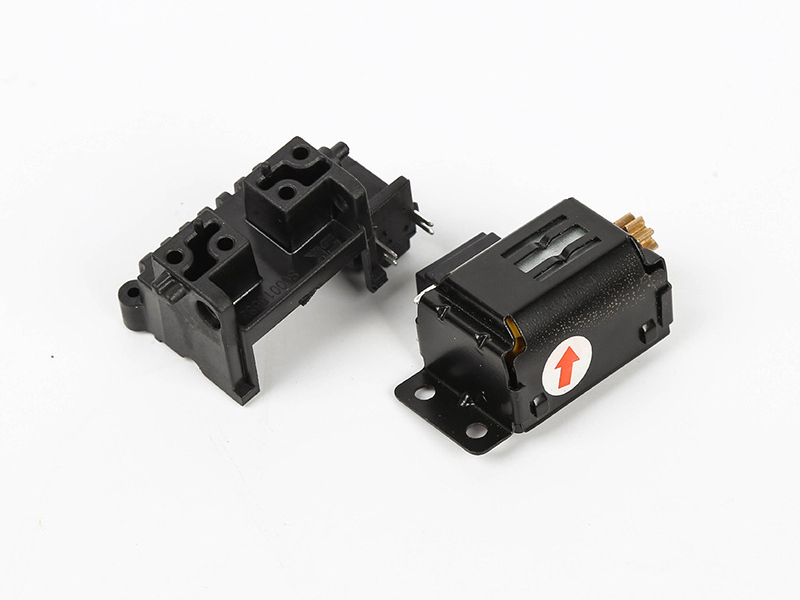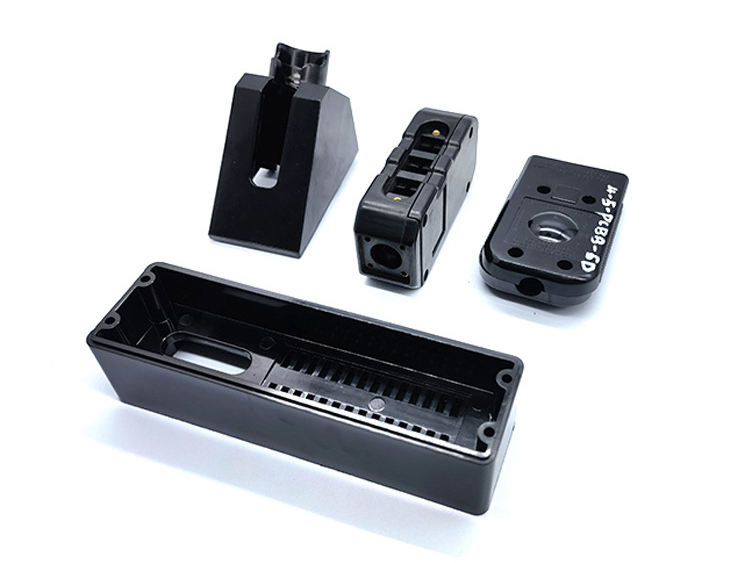What industries benefit most from insert molding?
Overview
Insert molding is a manufacturing process that unites metal, ceramic, or electronic inserts with molded plastic to create durable, integrated components. Its precision, design flexibility, and cost efficiency make it essential across industries that demand both mechanical strength and complex geometry. At Neway Precision, this process supports diverse sectors, ranging from high-volume consumer goods to mission-critical aerospace and medical applications.
Automotive Industry
The automotive sector is one of the largest beneficiaries of insert molding. Components such as gear housings, connectors, and brackets require both structural integrity and vibration resistance. Combining materials like Nylon (PA) or PBT with brass or stainless steel inserts ensures high mechanical strength, excellent dimensional stability, and resistance to oil, heat, and mechanical stress. This reduces assembly time and enhances performance reliability under dynamic load conditions.
Medical Device Manufacturing
In medical devices, insert molding enables the precise integration of metal or ceramic inserts into biocompatible polymers, such as PEEK. This is ideal for surgical tools, housings, and implant components that require strict hygiene and strength standards. The process ensures seamless encapsulation, reducing potential contamination and improving sterilization durability—key factors in medical safety and longevity.
Consumer Electronics and Telecommunications
The consumer electronics and telecommunication industries rely on insert molding to produce connectors, switches, and sensor housings that combine lightweight design with electrical conductivity. Inserts made of copper alloy or stainless steel are embedded within thermoplastics, such as PC or ABS, creating parts with improved electrical isolation and durability for precision electronics.
E-Mobility and Power Tools
For E-Mobility applications and power tools, insert molding enables the production of lightweight yet robust components such as battery housings, handles, and connectors. Its ability to combine conductive and non-conductive materials supports thermal management and ergonomic design while maintaining high impact resistance.
Locking and Mechanical Systems
Insert molding is also pivotal in locking system components where precision metal parts must be securely bonded to engineered plastics. By integrating inserts directly during molding, parts gain enhanced torque resistance and wear protection—extending product lifespan and improving overall mechanical reliability.



